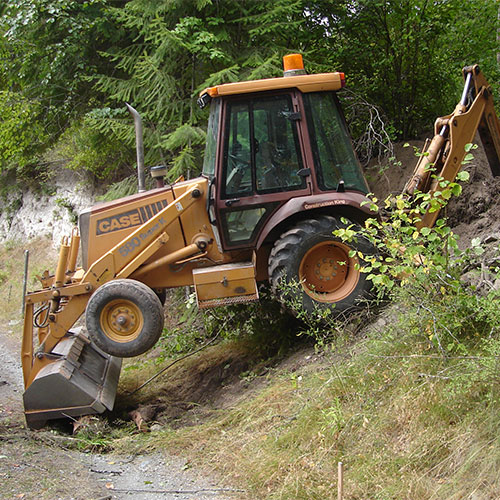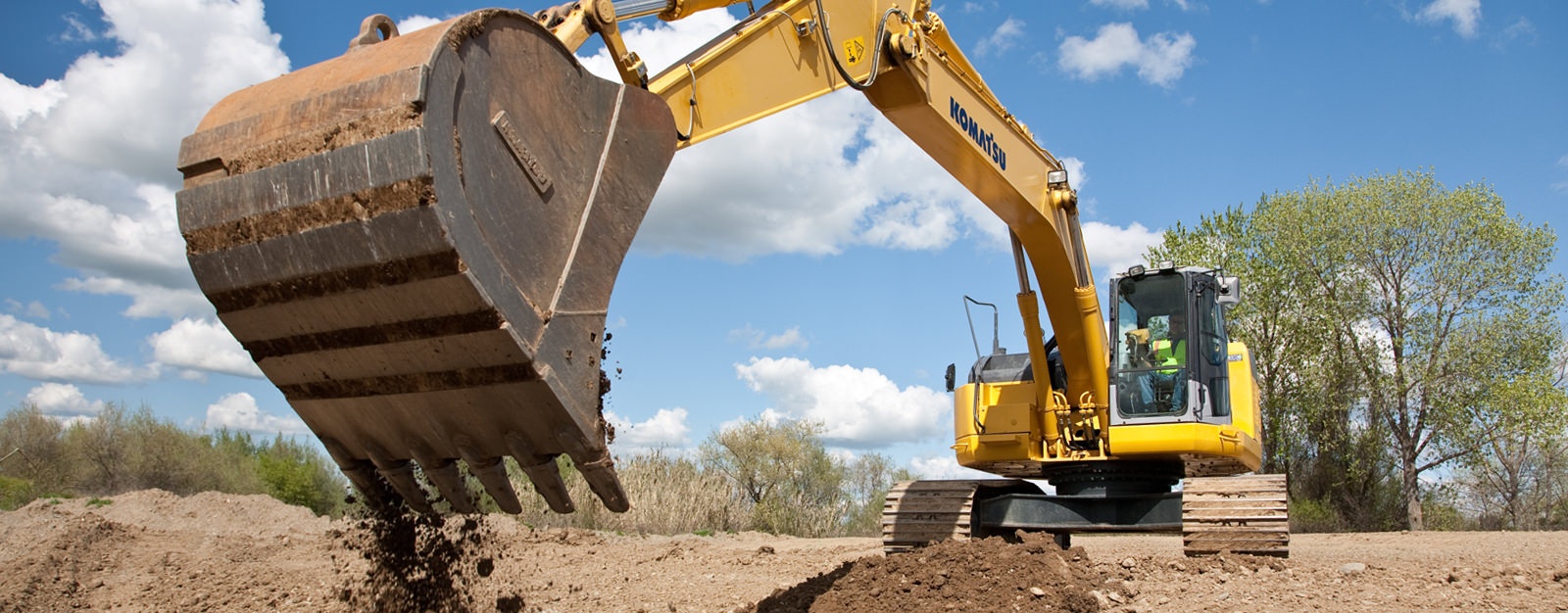Industrial Lancaster Trenching - Trenching Services for Organizations in Lancaster
Industrial Lancaster Trenching - Trenching Services for Organizations in Lancaster
Blog Article
Revealing the Art of Excavation: Pro Tips for Safe and Productive Digging
As soil is transformed and earth is moved, the intricacies of excavation expose themselves, requiring a keen understanding of devices, soil structure, security methods, and environmental factors to consider. The proficiency required to navigate these components successfully can suggest the difference between an effective excavation task and a potential disaster.
Significance of Correct Tools
To guarantee the safety and efficiency of any excavation project, utilizing the ideal tools is paramount. The right tools not just enhance performance yet additionally minimize dangers related to excavating. Excavation tasks vary in range and intricacy, varying from tiny household landscape design work to large-scale construction endeavors. No matter the task size, having the proper tools can make a substantial distinction in the end result.
These versatile makers come in various dimensions to suit various project needs. Miniature excavators are perfect for smaller tasks, while bigger excavators tackle a lot more considerable tasks effectively.
Apart from excavators, other important devices includes dump trucks, plates, and excavators. Unload vehicles are important for removing and moving excavated materials, while trenchers are used for excavating deep and slim trenches. Excavators excel in tasks that require pushing big amounts of dirt or particles. By investing in the ideal devices, excavation jobs can be finished safely, on time, and with precision.
Comprehending Dirt Composition
A detailed grasp of soil composition is basic for executing excavation projects with accuracy and safety. Understanding the different kinds of soil is crucial as it straight influences excavation methods, devices option, and overall job efficiency.
Sand bits are the largest and provide good water drainage but supply little cohesion. Silt particles are smaller than sand yet bigger than clay, providing moderate water drainage and cohesion. Clay fragments are the smallest and provide high cohesion yet poor drainage. Raw material, such as rotting plant material, affects dirt fertility and stability.
Before beginning excavation, conducting soil examinations to establish its structure and features is crucial. This details helps in selecting the suitable tools, executing security procedures, and developing excavation techniques customized to the certain dirt conditions - excavating ohio. By understanding dirt structure, excavation specialists can boost task end results while guaranteeing security and adherence to ideal practices
Precaution and Methods
Understanding soil make-up is the foundation whereupon safety measures and protocols for excavation projects are constructed, guaranteeing the wellness of employees and the success of the endeavor. There are several vital measures that should be carried out to minimize dangers and stop accidents. when it comes to safety and security during excavation.
First and primary, prior to any kind of excavating starts, a comprehensive assessment of the website need to be conducted to identify any type of possible dangers such as below ground energies, unsteady soil conditions, or nearby frameworks that can pose a danger. It is vital to have a skilled person supervise the excavation process to guarantee that all safety procedures are complied with purely.
In addition, all workers included in the excavation should be correctly trained in safe digging practices and the correct procedure of devices. By sticking to these safety and security steps and procedures, excavation jobs can be finished successfully and without occurrence.
Reliable Excavation Preparation
When starting an excavation project, careful planning is necessary to guarantee performance, safety and security, and successful results. Efficient excavation planning includes a number of crucial actions that are crucial for the smooth implementation of the task. The primary step is to carry out a detailed website evaluation to recognize any type of possible threats, such as underground energies or unsteady dirt conditions. This information is important for establishing an in-depth excavation plan that consists of safety and security actions and risk reduction techniques.
As soon as the site assessment is complete, the next action is to create a clear timeline and schedule for the excavation tasks. This consists of establishing the series of tasks, devices requirements, and workforce allowance. Correct scheduling aids avoid hold-ups and makes sure that the task find out this here stays on track.

Additionally, communication amongst click to investigate all employee is extremely important throughout the planning phase. Clear directives, regular updates, and effective coordination are important for an effective excavation project. By spending time and effort in precise preparation, excavation groups can dramatically enhance productivity, reduce risks, and achieve effective outcomes.

Handling Ecological Considerations
With enhancing focus on ecological sustainability in building and construction methods, managing environmental factors to consider has actually come to be a crucial element of excavation tasks. Excavation activities have the prospective to influence the surrounding atmosphere through dirt disintegration, debris drainage, habitat interruption, and contamination of water sources. To minimize these threats, it is necessary to apply finest techniques that prioritize ecological protection.

Furthermore, appropriate waste administration is critical to avoid dirt and water contamination. Implementing treatments for the disposal of dangerous materials, recycling of waste materials, and reducing the use of dangerous chemicals can significantly minimize the ecological influence of excavation projects. By incorporating these practices into excavation preparation and execution, building and construction firms can make sure that their tasks are not only risk-free and efficient yet also environmentally accountable.
Conclusion
To conclude, mastering the art of excavation requires a comprehensive understanding of appropriate devices, soil composition, precaution, and efficient planning. By adhering to these standards and thinking about ecological variables, excavations can be performed securely and effectively. It is crucial to focus on safety and performance in every digging job to make sure effective outcomes.
As soil is transformed and planet is relocated, the intricacies of excavation reveal themselves, requiring an eager understanding of tools, soil read this article structure, safety protocols, and ecological considerations.To ensure the security and performance of any kind of excavation task, utilizing the proper equipment is critical.A detailed understanding of soil composition is essential for implementing excavation projects with accuracy and safety. Recognizing the various kinds of dirt is essential as it directly influences excavation methods, tools option, and general project effectiveness. By understanding soil composition, excavation specialists can boost task end results while ensuring safety and adherence to ideal practices.
Report this page